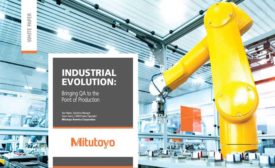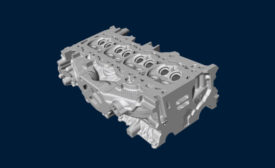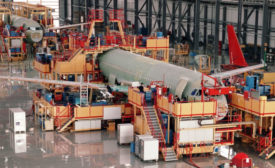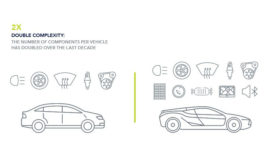White Papers
Sponsored Content
How to create an intelligent industrial camera without prior knowledge
April 7, 2020
Sponsored Content
Industrial Evolution: Bringing QA to the Point of Production
January 29, 2020
Sponsored Content
How to Leverage QMS Software to Promote a Culture of Quality
October 25, 2019
Sponsored Content
The Future is Now: The Impact of Industrial Computerized Tomography on the Castings Industry
October 18, 2019
Sponsored Content
The Hidden Costs of Hiring in Industrial Inspection: Time for a New Alternative
October 14, 2019
Sponsored Content
Improve Your Manufacturing Processes Without Neglecting Quality and Tight Tolerances
October 8, 2019
Get our new eMagazine delivered to your inbox every month.
Stay in the know with Quality’s comprehensive coverage of the manufacturing and metrology industries.
SIGN UP TODAY!Copyright ©2024. All Rights Reserved BNP Media.
Design, CMS, Hosting & Web Development :: ePublishing









